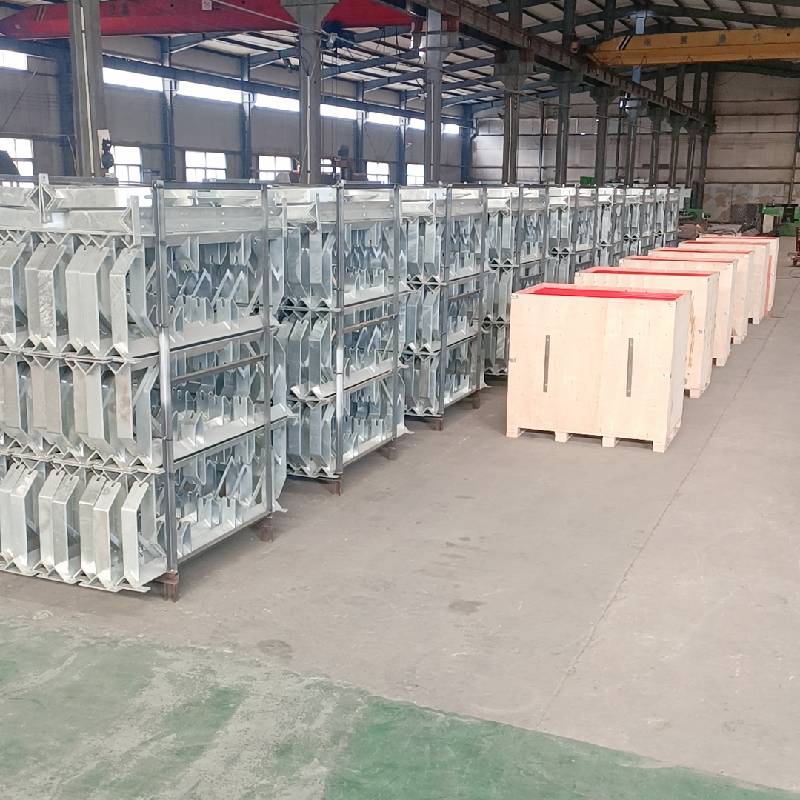 Afrikaans
Afrikaans  Albanian
Albanian  Amharic
Amharic  Arabic
Arabic  Armenian
Armenian  Azerbaijani
Azerbaijani  Basque
Basque  Belarusian
Belarusian  Bengali
Bengali  Bosnian
Bosnian  Bulgarian
Bulgarian  Catalan
Catalan  Cebuano
Cebuano  Corsican
Corsican  Croatian
Croatian  Czech
Czech  Danish
Danish  Dutch
Dutch  English
English  Esperanto
Esperanto  Estonian
Estonian  Finnish
Finnish  French
French  Frisian
Frisian  Galician
Galician  Georgian
Georgian  German
German  Greek
Greek  Gujarati
Gujarati  Haitian Creole
Haitian Creole  hausa
hausa  hawaiian
hawaiian  Hebrew
Hebrew  Hindi
Hindi  Miao
Miao  Hungarian
Hungarian  Icelandic
Icelandic  igbo
igbo  Indonesian
Indonesian  irish
irish  Italian
Italian  Japanese
Japanese  Javanese
Javanese  Kannada
Kannada  kazakh
kazakh  Khmer
Khmer  Rwandese
Rwandese  Korean
Korean  Kurdish
Kurdish  Kyrgyz
Kyrgyz  Lao
Lao  Latin
Latin  Latvian
Latvian  Lithuanian
Lithuanian  Luxembourgish
Luxembourgish  Macedonian
Macedonian  Malgashi
Malgashi  Malay
Malay  Malayalam
Malayalam  Maltese
Maltese  Maori
Maori  Marathi
Marathi  Mongolian
Mongolian  Myanmar
Myanmar  Nepali
Nepali  Norwegian
Norwegian  Norwegian
Norwegian  Occitan
Occitan  Pashto
Pashto  Persian
Persian  Polish
Polish  Portuguese
Portuguese  Punjabi
Punjabi  Romanian
Romanian  Russian
Russian  Samoan
Samoan  Scottish Gaelic
Scottish Gaelic  Serbian
Serbian  Sesotho
Sesotho  Shona
Shona  Sindhi
Sindhi  Sinhala
Sinhala  Slovak
Slovak  Slovenian
Slovenian  Somali
Somali  Spanish
Spanish  Sundanese
Sundanese  Swahili
Swahili  Swedish
Swedish  Tagalog
Tagalog  Tajik
Tajik  Tamil
Tamil  Tatar
Tatar  Telugu
Telugu  Thai
Thai  Turkish
Turkish  Turkmen
Turkmen  Ukrainian
Ukrainian  Urdu
Urdu  Uighur
Uighur  Uzbek
Uzbek  Vietnamese
Vietnamese  Welsh
Welsh  Bantu
Bantu  Yiddish
Yiddish  Yoruba
Yoruba  Zulu
Zulu steel guide roller
Understanding Steel Guide Rollers A Comprehensive Guide
Steel guide rollers play a crucial role in various industrial applications, serving as essential components in machinery and equipment. These rollers are designed to guide, support, and manage the movement of heavy loads, ensuring smooth and efficient operation in processes such as material handling, conveyor systems, and even automated manufacturing lines. This article explores the features, benefits, applications, and maintenance of steel guide rollers, providing a comprehensive overview for engineers, manufacturers, and decision-makers.
What are Steel Guide Rollers?
Steel guide rollers are cylindrical components typically constructed from high-strength steel and designed to facilitate the movement of materials in industrial settings. These rollers can either be fixed in position to guide a moving part of a machine or mounted on a mobile platform to transport goods across various distances. The steel material ensures durability, resistance to wear and tear, and the ability to support heavy weights, making these rollers integral to the efficient operation of many systems.
Key Features of Steel Guide Rollers
1. Durability Steel guide rollers are manufactured to withstand significant wear and stresses from constant movement. The robust construction enables them to endure harsh industrial environments, including exposure to moisture, chemicals, and temperature fluctuations.
2. Precision Engineering High-quality steel guide rollers are precision-engineered to ensure smooth operation and reduce friction. This precision minimizes wear on other machinery components and prolongs the overall system's lifespan.
3. Customization Many manufacturers offer customization options to meet specific operational requirements. This can include variations in size, load capacity, and roller design, allowing businesses to optimize performance based on their unique needs.
4. Corrosion Resistance Various surface treatments, such as galvanizing or coating, can be applied to steel guide rollers to enhance their resistance to corrosion, which is especially important in wet or harsh environments.
Benefits of Using Steel Guide Rollers
1. Increased Efficiency By providing a smooth guiding surface, steel guide rollers help reduce friction and improve the overall efficiency of material handling systems. This leads to faster processing times and increased productivity.
2. Lower Maintenance Costs With their durable construction and resistance to wear, steel guide rollers require less frequent replacement compared to other materials. This results in lower maintenance costs and less downtime for machinery.
4. Versatility These rollers can be used in a variety of applications, from conveyor belts in warehouses to automated production lines, making them a versatile choice for many industries, including manufacturing, logistics, and construction.
steel guide roller

Applications of Steel Guide Rollers
Steel guide rollers find applications in numerous industries, including
- Manufacturing In manufacturing plants, steel guide rollers are used in conveyor systems to transport materials and products through various stages of production.
- Logistics and Warehousing These rollers facilitate the movement of goods in warehouses, ensuring efficient loading and unloading processes.
- Construction In construction sites, steel guide rollers assist in the movement of heavy materials and equipment, providing support and stability throughout various operations.
- Automotive The automotive industry uses steel guide rollers in assembly lines and robotic systems, where precision and reliability are critical for production speed and quality.
Maintenance of Steel Guide Rollers
To ensure optimal performance and longevity of steel guide rollers, regular maintenance is essential. Here are some best practices
1. Routine Inspections Regularly inspect rollers for signs of wear, damage, or rust. Early detection allows for timely repairs or replacements before issues escalate.
2. Lubrication Proper lubrication minimizes friction and extends the life of the rollers. Follow manufacturer guidelines for the appropriate lubricant and application frequency.
3. Cleaning Keep the rollers clean from debris and buildup to maintain smooth operation.
4. Alignment Checks Ensure that rollers are properly aligned to prevent uneven wear and unnecessary strain on machinery.
Conclusion
Steel guide rollers are indispensable components in various industrial applications, providing durability, efficiency, and safety in material handling processes. By understanding their features, benefits, and maintenance requirements, businesses can enhance productivity and extend the lifespan of their equipment. Investing in high-quality steel guide rollers ensures that operations run smoothly, ultimately contributing to the bottom line and operational success. As industries continue to evolve, the demand for effective and reliable rollers will only increase, making them a vital component of modern manufacturing and logistics solutions.
-
Revolutionizing Conveyor Reliability with Advanced Rubber Lagging PulleysNewsJul.22,2025
-
Powering Precision and Durability with Expert Manufacturers of Conveyor ComponentsNewsJul.22,2025
-
Optimizing Conveyor Systems with Advanced Conveyor AccessoriesNewsJul.22,2025
-
Maximize Conveyor Efficiency with Quality Conveyor Idler PulleysNewsJul.22,2025
-
Future-Proof Your Conveyor System with High-Performance Polyurethane RollerNewsJul.22,2025
-
Driving Efficiency Forward with Quality Idlers and RollersNewsJul.22,2025





























